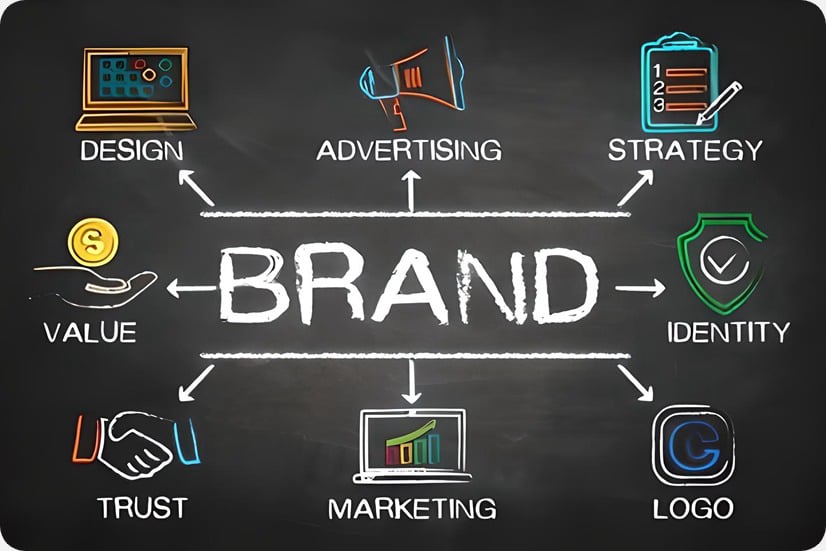The Importance of Consistent Branding
Consistency in branding is more than just keeping a logo in the same spot—it’s about ensuring every element of your web design reinforces who you are as a business. When done right, it creates a seamless experience for users, fosters deeper trust, and can even help your site perform better in search results. Let’s break down why consistent branding matters and how it strengthens your web presence.
Building Trust and Recognition
Humans are wired to trust what feels familiar. When your branding looks the same across your website—from logo placement to color schemes and typography—it signals reliability and professionalism. Think about it: if you visited a website where the colors and fonts kept changing, wouldn’t it feel chaotic and untrustworthy?
Consistent visuals and messaging ensure people recognize your brand instantly. This familiarity fosters a strong connection, making users more likely to return. Whether it’s the tone in your copy, the placement of your logo, or the style of your imagery, keeping everything uniform creates a cohesive identity. Over time, this consistency builds an emotional connection, turning first-time visitors into loyal customers.
Enhancing User Experience
Good branding isn’t just about aesthetics; it’s about usability. When the design is predictable, users can navigate with ease.
Imagine walking into a grocery store where products are randomly placed—you’d feel frustrated, right? The same applies to websites.
A unified design ensures that elements like navigation menus, buttons, and calls-to-action are easy to locate. Users can process information faster when they don’t need to reorient themselves on every page. Consistency in branding also reduces decision fatigue by framing content in a way that feels intuitive. The result? Visitors stay longer, interact more, and leave with a positive impression.
